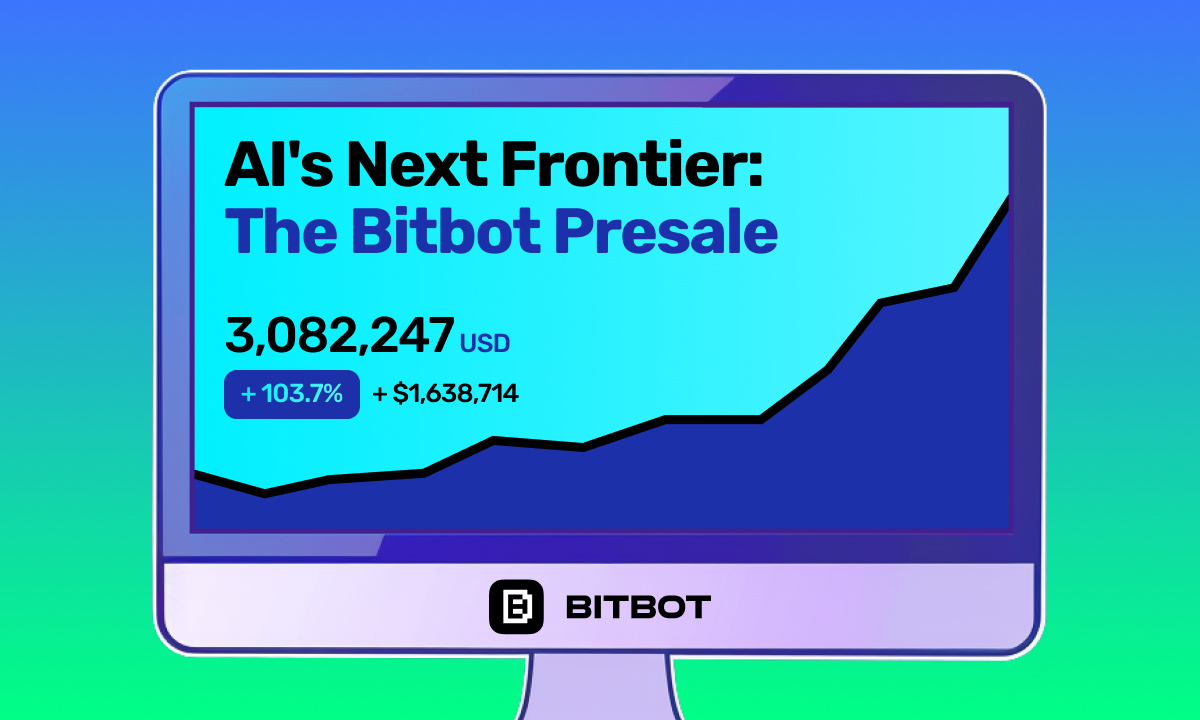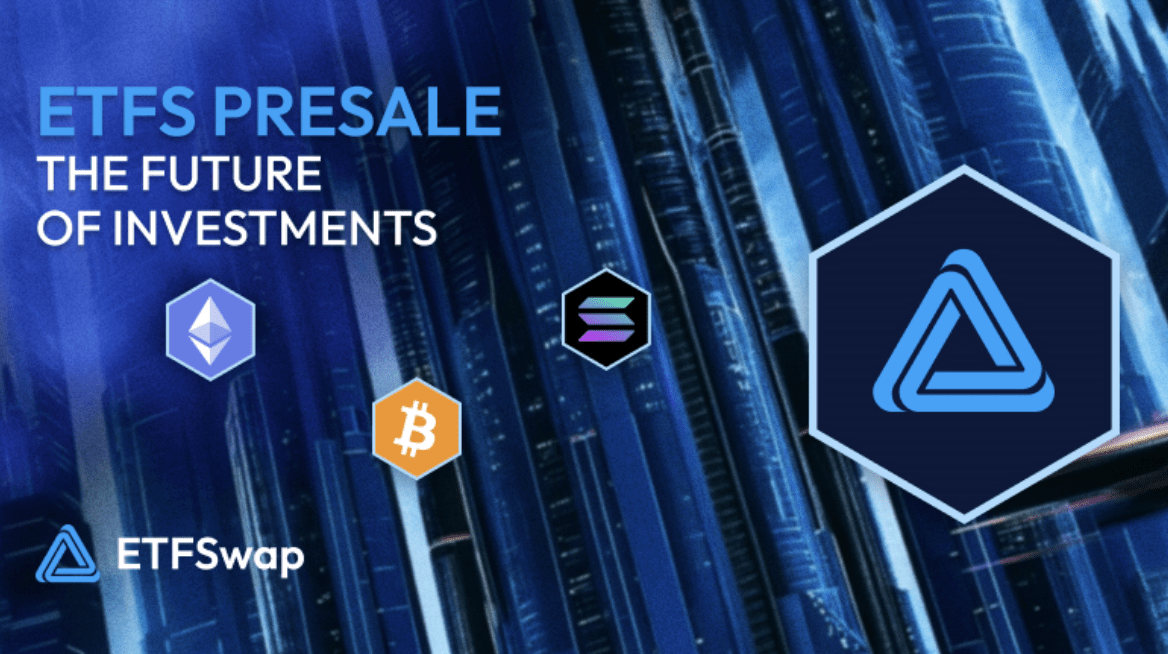In the first quarter of 2020, the Decentralized Finance (DeFi) sector exploded with the advent of yield farming. High returns and new applications for the industry attracted investors, developers, and entrepreneurs. Since then, the total value locked (TVL) in DeFi has grown tremendously.
Ethereum has always been the chosen home for DeFi, but as more and more people jumped in on the craze, scalability problems started to surface for the ecosystem. High fees and congestion have made Ethereum virtually unusable for retail users, which has led to several new ecosystems surfacing.
Popular ecosystems include the Binance Smart Chain (BSC), Fantom, Polygon, and xDai, which are EVM-compatible and allow for easier integration for DeFi projects, allowing users to choose which blockchain/ecosystem to use when navigating their respective decentralized applications (dApps).
Going multi-chain: Is it that easy?
While these new ecosystems offer significantly lower fees, faster transaction times, and additional features, Ethereum remains the go-to place for most DeFi projects, primarily due to the high liquidity and volumes found on this network.
The hype around cross-chain infrastructure is justified given that the concept serves as the holy grail for the development of Blockchain technology to realize interoperability of all chains. Some current cross-chain technology forms offer asset interoperability. In contrast, others propose communication protocols to enable communication between blockchains and new system design and operating modes to support more blockchains access.
Moving to an alternative network is hampered by multiple factors both for the projects and for the users. However, the most prevalent issue has been the lack of liquidity and volume found in these new ecosystems. Projects themselves try to provide solutions for their communities through cross-chain bridges. However, this system presents multiple flaws.
While the scalability and connectivity cross-chain bridges offer are undisputed, the problems are intertwined. For example, plasma and sharding, two of the most popular Ethereum scalability solutions, require running parallel chains (“parachains”) or chain splits (“shards”) that may communicate with one another. These solutions, while potentially revolutionary, have a lengthy deployment timeframe.
Also, despite the ability to communicate between two different smart contracts operating on two separate chains, the illiquidity of the DeFi protocols makes the solutions almost useless to function.
These drawbacks are common, leading to unsatisfactory experience and creating a barrier of entry for users. However, here are some projects that have started utilizing cross-chain capabilities on different blockchains.
Wormhole (Solana)
Wormhole enables current projects, services, and communities to smoothly move tokenized assets across blockchains, allowing them to take advantage of Solana's fast speed and low cost.
Interoperability is still a top goal since it allows for the most efficient use of resources and unleashes network effects. It makes use of guardians, which are decentralized cross-chain oracles run by a group of node operators, including top Solana validators and other ecosystem players whose interests are well aligned with Solana.
Wormhole allows non-native assets to enter Solana's thriving DeFi ecosystem more quickly. Wormhole could help projects gain access to more cross-chain liquidity.
Coin98
Coin98 created open financial infrastructure because there was a demand for it around the world. It’s a one-stop solution for decentralized banking, cross-chain swaps, staking, earning, and yield farming.
Users can choose from more than 20 different blockchains to access these features. Space Gate, a cross-chain bridge that allows swapping and transfers across various networks, makes this possible.
Coin98's liquidity and DeFi solutions, which tap into numerous blockchains, generate deep liquidity for users while ensuring they get the best price when trading tokens. Over 284,000 users generated over $216 million in volume through over 488,000 transactions, according to the platform.
Anyswap
Anyswap is a fully decentralized cross-chain swap protocol with an automated pricing and liquidity system, based on Fusion DCRM technology. You may use AnySwap to trade tokens or coins between any blockchain that supports the ECDSA or EdDSA cryptographic algorithm, which includes over 95% of all chains, including BTC, ETH, USDT, XRP, LTC, FSN, and others.
Anyswap offers users three major cross-chain advantages:
- Users can deposit any currency into the system and create decentralized wrapped tokens.
- Users can switch from one coin to another at any time.
- The liquidity provider has the ability to add and remove liquidity from the swap pair. The liquidity offered is the basis for the programmed pricing mechanism.
Kylin
The Kylin Network is a project that aims to use the Polkadot network to power the data economy. The Polkadot parachain, which received a Web3 Foundation grant in late 2020 and will launch its mainnet next year while continuing to pursue partner network integrations, will include data analytic tools, an advanced decentralized data feed, an open marketplace for data exchange and pricing, and a native token to handle governance.
Interestingly, Kylin cross-chain platform was touted as a possible solution to the election-related conflicts in the United States.
Cosmos Blockchain
The Cosmos blockchain is the most underrated blockchain interoperability initiative.
Many initiatives are trying to make the blockchain project the focal point. The creators have released a software development kit that they claim will tackle scalability and interoperability issues in blockchain applications. A decentralized network of independent parallel blockchains, Cosmos relies on the Interblockchain Communication (IBC) messaging protocol to facilitate dialogue between exterior networks.
The Cosmos blockchain system consists of several autonomous blockchains known as Zones that are linked by a central blockchain known as the Hub. Tendermint Core powers each Zone, allowing for a PBFT-like consensus engine that is high, consistent, and secure. To increase interoperability, the cosmos Hub connects blockchain projects via the Inter-Blockchain communication protocol.
Rubic
This year Rubic implemented Multi-Chain Swaps on the platform to resolve burning problems of the DeFi world. With Multi-Chain Swaps creation, Rubic enabled fast and easy Multi-Chain transactions between four major blockchains: Ethereum, BSC, Polygons and Avalanche has been added recently.
Rubic’s users have more than 9,500 assets to swap across four blockchains, and since Rubic integrated three DEXs from Avalanche ecosystem - Pangolin, Sushi Swap and Trader Joe - users get the best rates for their transactions.
Rubic is a Multi-Chain swap protocol with a trading volume of $53,970,125, that provides one-click Multi-Chain swaps with the lowest fees.
Rubic’s benefits:
- Implementation of a Multi-Chain swap in 2 minutes;
- Low cost of GAS;
- Profitable rates;
- Several DEXs support;
- Four blockchains and >9,500 assets.
Graviton
Cross-chain technology seeks to solve issues relating to DApps and the DeFi space. With Graviton, illiquidity and other barriers of entry are massively reduced.
Graviton is a cross-chain connectivity technology that allows for the interoperability of tokens across different blockchains. The central philosophy behind the tech is to serve as a liquidity incentivization tool for wrapped assets, CEX tokens. This is in order to create a seamless cross-chain experience. Essentially, Graviton is built as a handshake of multiple blockchains.
What Graviton positions itself as is simple: a unifier that solves the fragmentation in the DeFi space. It's an accessible, frictionless, and user-friendly infrastructure that offers bridge aggregation, cross-chain swap, and Liquidity provider reward farming products.
Graviton brings together the communities of various blockchain projects, such as chains, AMMs, farms, and tokens. It gives them governance tools for enhancing liquidity and yield creation for their preferred wrapped digital asset on the destination chain.
What does Graviton offer?
On the surface, Graviton appears to be just another project in the DeFi space. However, it's a unique project in the problem that it solves.
First, Graviton leverages the best-in-class existing bridge solution to maintain abundant infrastructure for cross-chain farming. Graviton will have its own megabridge which will be the bridge aggregator including trustless bridges like multichain.xyz, RenVM, and Susy protocol. These bridges are a necessary component in multiple subsystems of Graviton and they will also be helpful in making cross-bridge usage seamless and quick.
Second, the emergence of competing blockchains and wide adoption of cross-chain technologies is essential for the growth of the DeFi space. As a result, built into the infrastructure of Graviton is the governance token, GTON, which helps to bridge DeFi space fragmentation.
GTON isn't just a governance token; it serves as a multichain relay token that connects AMM DEX liquidity across many chains, boosting liquidity for initially illiquid assets like wrapped, CEX, and recently tokenized enterprises. GTON is a reflection farming token that can be used to create a permissionless Liquidity Provision (LP) farm to speed up liquidity for any asset on any supported chain.
In addition, Graviton is brilliant in the way it helps amplify wrapped token efficiency and multichain relay liquidity boosting. With Graviton, barriers of entry and interoperability are limited. Communities can quickly move tokens across the ecosystem. The Graviton Catalyst initiative rewards wrapped tokens with liquidity, allowing various tokenized blockchain projects to spread into non-native networks.
Catalyst is based on boosting reward incentives for tokens lacking liquidity (wrapped, CEX, recently emerged) tokens' liquidity provision on a regular basis. Its goal is to assist tokenized blockchain initiatives like protocols, AMMs, and farms bring more attention by rewarding liquidity and, if they wish, even expand to non-native networks. Catalyst seeks to engage the communities of participating projects in short and medium-term activities that will regularly incentivize the bootstrapping of liquidity for newly created wrapped tokens by delivering additional LP rewards.
The Catalyst programs are only available for two to three weeks, and the LP rewards allocation points are reweighted every week. Under the Catalyst initiative, 12% of GTON supply is set aside to reward liquidity providers. Members of a community can put their GTON into governance to nominate their favorite project for the Graviton Catalyst program and increase the LP tokens' staking yield.
Conclusion
It appears that as the DeFi market grows larger, there's no short of new DeFi projects that are popping up on the Blockchains. However, the multiplicity of blockchains makes it hard for the average user to scale from chain to chain. Wanchain, Cosmos, Graviton, etc protocols brings harmonization, transparency, and safety to the crypto market and liquidity pools.
Disclaimer: This article is provided for informational purposes only. It is not offered or intended to be used as legal, tax, investment, financial, or other advice.
Investment Disclaimer














